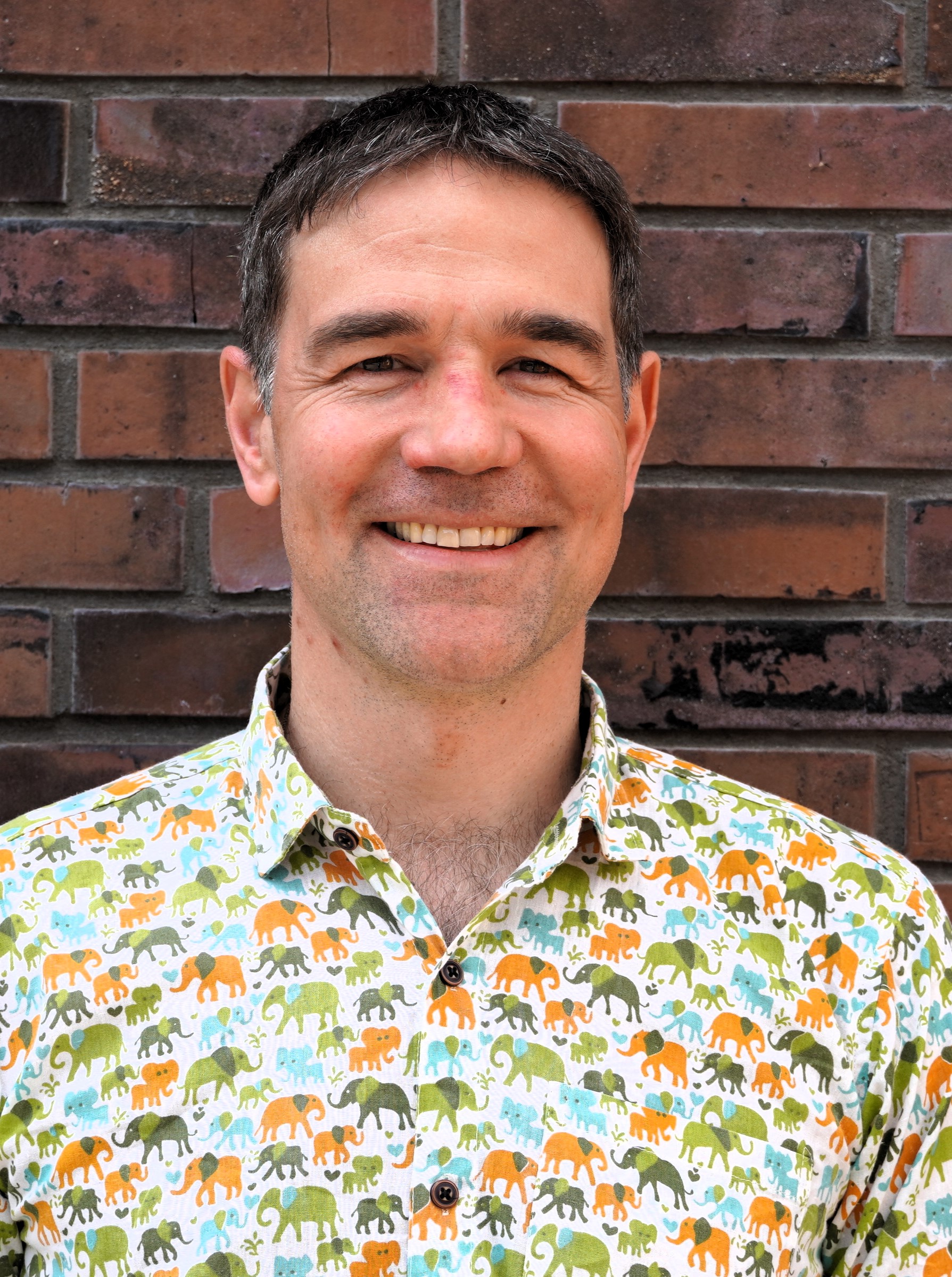
- Diese Veranstaltung hat bereits stattgefunden.
HITS Colloquium Raphael Hirschi: Predicting the Impact of Massive Stars in the Universe and how to Store Renewable Energy From the Sun on Earth

By Raphael Hirschi, Astrophysics Research Centre, School of Chemical and Physical Sciences, Keele University, UK
In this colloquium, I will start by briefly reviewing the importance of stars in the Universe. I will then discuss how we can re-create stars on computers using a range of simulations using a few hours on a laptop to months on supercomputers. I will explain how these simulations help us understand and predict the structure, fate and impact of massive stars. In particular, I will present recent work studying how mass and rotation affect their fate across cosmic times and compare the predicted black-hole mass distribution to the latest gravitational waves detections from the LKV collaboration. I will then introduce the 321D (3 to 1-dimension) loop, a framework to improve 1D stellar evolution models using very detailed 3D hydrodynamic simulations. I will end by briefly presenting my research on using batteries and hydrogen to store renewable energy in order to minimise our energy bills and carbon footprint.
A Short Biography
Raphael Hirschi completed a MSc in physics at the École Polytechnique Fédérale de Lausanne (EPFL) in 1999 and a PhD in Astrophysics at the Observatoire de Genève in 2004. He studies the evolution, fate and impact of stars. Stars play a key role in the Universe through the light they shine, their kinetic feedback via winds and supernovae and the chemical elements they produce. They are complex objects involving many physical processes: turbulence (convection), interaction of rotation and magnetic fields and nuclear reactions. Ideally, we would like to model the structure and evolution of stars using three-dimensional (3D) magneto-hydrodynamics simulations. The large spread in length scales and the lifetime of stars being many orders of magnitude longer than the convective timescale, however, implies that we need to model the global evolution of stars using one-dimensional (1D) stellar evolution models. During his PhD, he improved 1D models to study the impact of rotation on the late phases of the evolution of massive stars. He then went to the Universität Basel as a postdoctoral fellow to determine the comprehensive nucleosynthesis taking place in massive stars, in particular the so-called weak s process. Since joining Keele University in 2007, major highlights of his research have been the determination of the mass and fate of the most massive stars known to date, explaining unique abundances in the early Universe and the setting-up and leading of large projects (ERC starting grant for SHYNE project 2012-2017) and collaborations (NUGRID, BRIDGCE, ChETEC COST Action). The goal of his theoretical research is to link major nuclear physics experiments to large astronomical observing programmes, 3D hydrodynamics simulations to 1D stellar models and theoretical stellar astrophysics to the high-performance computing industry. He also recently started research on energy storage (hydrogen and batteries) for a sustainable future.
REGISTRATION: